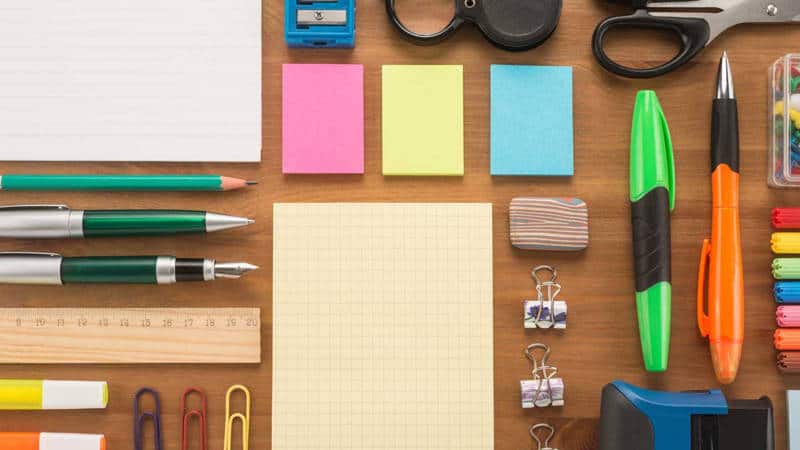Techniques of Becoming a Successful Teacher
Teaching is one of the most important and rewarding professions. As a teacher, you have the power to truly make a difference in your students’ lives. However, being an effective teacher takes dedication, patience, and continuous learning. This comprehensive guide provides actionable tips on how to be a successful teacher who inspires students and makes a lasting impact.

Know Your Students
The first step to being a great teacher is getting to know your students. Take time at the beginning of the year to learn about their interests, backgrounds, challenges, and learning styles. Build strong relationships by making each student feel welcomed, heard, and valued. Adapt your teaching methods to fit their needs and cater to different learning preferences. When students feel you care about them as individuals, they will be more engaged in class.
Set Clear Expectations
Make sure students understand what is expected of them academically and behaviorally. Set high standards and explain your policies on attendance, late work, classroom conduct, etc. Model the habits and mindsets you want students to develop. Remind them regularly of your expectations and be consistent in upholding them. Well-defined expectations paired with accountability promote student success.
Make Content Relatable and Engaging
Connect lesson material to real-world examples that are relevant to students’ lives. Use stories, roleplaying, debates, projects, field trips, guest speakers, and other interactive activities. Present information in different modalities – visual, auditory, kinesthetic. Incorporate their interests into assignments and allow creativity. Make learning fun and participatory! An engaging classroom makes students excited to learn.
Differentiate Instruction
Students have different abilities and backgrounds. Provide various ways for them to access content, process ideas, and demonstrate learning. Challenge advanced learners with more complex tasks while scaffolding up those who need more support. Personalize instruction as much as possible. Differentiated instruction enables all students to grow.
Use Technology Purposefully
Technology can be a powerful teaching tool when used effectively. Use it to enhance instruction, not replace best practices. Augment lessons with educational apps, games, simulations, videos, and online collaborations. Monitor student tech use to keep them on task. Blend traditional and digital tools to maximize learning. Thoughtfully leveraging technology engages modern students.
Give Meaningful Feedback
Provide specific, timely feedback to help students reflect on and improve their work. Praise effort and progress, not just innate ability. Frame setbacks as opportunities to grow. Give students tools to assess their own performance. Meaningful feedback motivates perseverance, fosters self-efficacy, and fuels achievement.
Manage Classroom Behavior
Prevent most behavior issues by setting clear expectations, being consistent, forming relationships, and making learning engaging. Address problems discreetly and respectfully. Use positive reinforcement. Develop logical consequences. Remain calm and avoid power struggles. Separate the deed from the doer. Effective classroom management minimizes disruptions.
Collaborate with Colleagues
Get ideas and feedback from other teachers. Share resources and best practices. Observe each other’s classrooms. Discuss challenges and brainstorm solutions together. Collaboration fosters creativity, reflection, and continuous improvement. The best teachers know they can always get better.
Communicate with Parents
Keep parents informed about expectations, curriculum, and their child’s progress. Update them on good and bad behavior. Make yourself available by phone, email, and in person. Suggest ways parents can support learning at home. When families are involved, students have higher motivation and achievement.
Take Care of Yourself
Teaching is demanding. Set boundaries and take breaks. Eat well, exercise, and get enough sleep. Find healthy stress relief. Pursue interests outside work. Build strong relationships. Prioritize self-care so you can be present and at your best in the classroom. Your wellbeing impacts your students.
Being an exceptional teacher requires effort and skill. Follow these tips to create a rewarding classroom environment where students thrive academically, socially, and emotionally. With dedication to your students, passion for your subject, and commitment to lifelong learning, you will find great success and satisfaction in teaching.
FAQs on Being a Successful Teacher
What are some key qualities of effective teachers?
Some key qualities include:
- Strong instructional skills
- Classroom management abilities
- Organization and preparation
- Approachability and rapport with students
- Passion for teaching and the subject matter
- Adaptability and differentiation skills
- Positive attitude and growth mindset
- Accountability and consistency
- Collaboration with peers
How do you create an engaging learning environment?
To create an engaging classroom:
- Incorporate interactive, hands-on activities
- Use discussion, storytelling, debates, projects
- Leverage educational technology
- Make content relatable with real-world connections
- Allow student creativity and initiative
- Use humor, competitions, and games appropriately
- Maintain an energetic, positive atmosphere
What classroom management strategies work best?
Effective classroom management strategies include:
- Setting clear expectations and routines
- Using positive reinforcement
- Building relationships and rapport with students
- Preventing issues by keeping students engaged
- Addressing problems calmly and privately
- Having logical consequences for misbehavior
- Being consistent in following through
- Collaborating with parents
Why is differentiation important?
Differentiation is important because students have diverse abilities and learning needs. Strategies include:
- Personalizing instruction
- Providing leveled assignments and flexible pacing
- Using different groupings, projects, and multimedia
- Giving students assessment choices
- Scaffolding support for those who need it
- Accommodating learning styles
- Challenging advanced learners
Differentiation allows all students to grow and succeed.
How can you demonstrate care for your students?
Ways to show students you care include:
- Learning student interests, strengths, and needs
- Greeting students at the door with a smile
- Displaying student work and achievements
- Sharing inspiring stories and quotes
- Celebrating student accomplishments
- Advising student clubs or activities
- Attending extracurricular events
- Checking in sincerely with struggling students
- Infusing warmth, empathy, and humor
Showing care builds strong teacher-student relationships.
What self-care habits are important for teachers?
Critical self-care habits for teachers include:
- Setting work boundaries and taking breaks
- Eating nutritious meals and exercising
- Getting adequate sleep and waking up early
- Finding stress relief outlets like yoga or music
- Pursuing hobbies and interests outside work
- Building supportive personal relationships
- Practicing mindfulness and gratitude
- Unplugging from technology
- Laughing, playing, and having fun
Prioritizing self-care prevents burnout.
Conclusion
Teaching successfully takes dedication, flexibility, organization, self-care, and constant learning. While challenging, guiding young minds is incredibly rewarding. Follow the tips in this guide to build strong relationships with students, deliver engaging instruction, manage your classroom effectively, and continuously improve your practices. Most importantly, lead with patience, compassion, and encouragement. By inspiring your students each day, you can truly make a lasting difference in their lives and the world.



